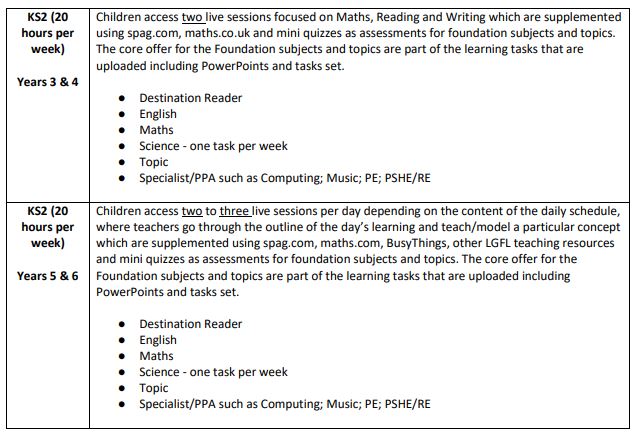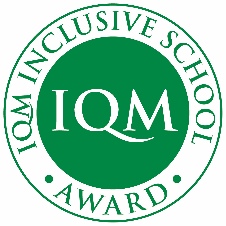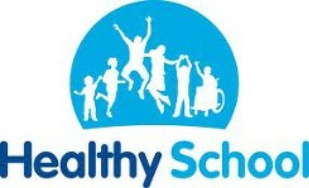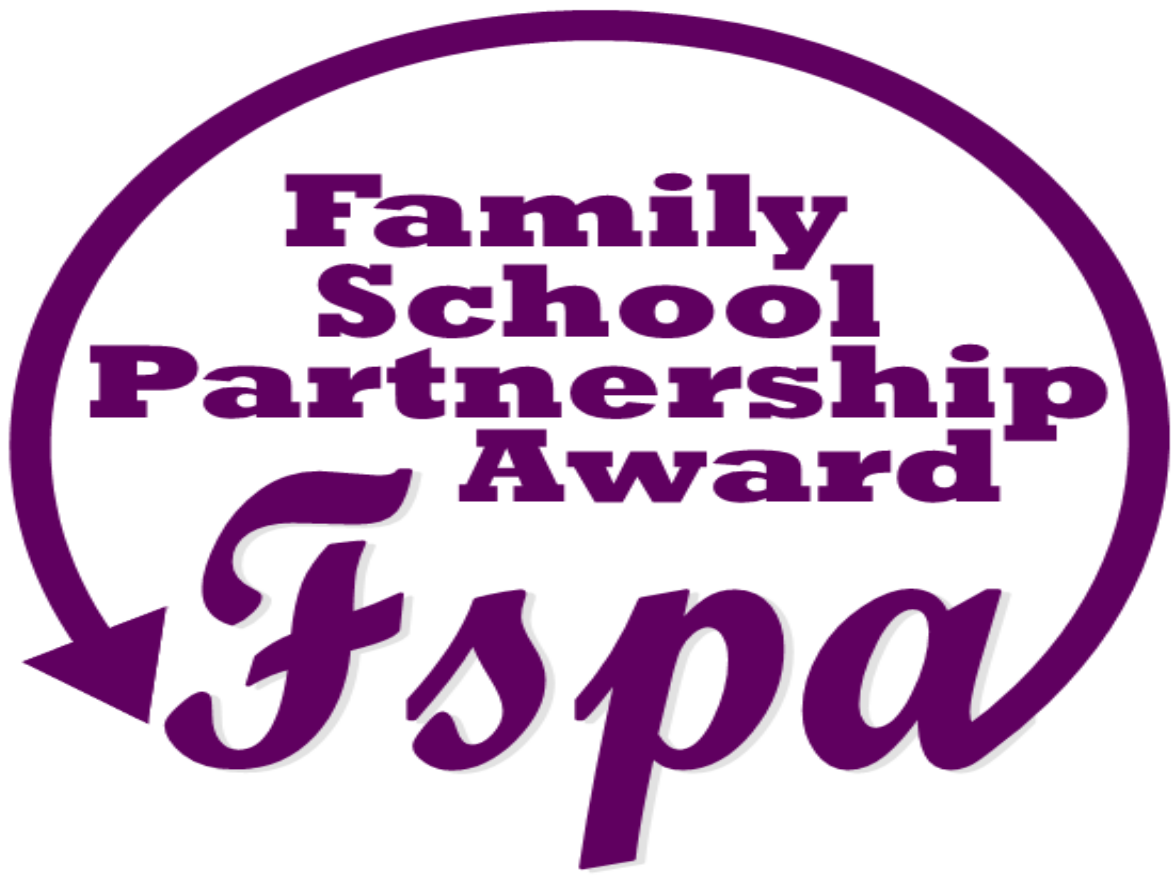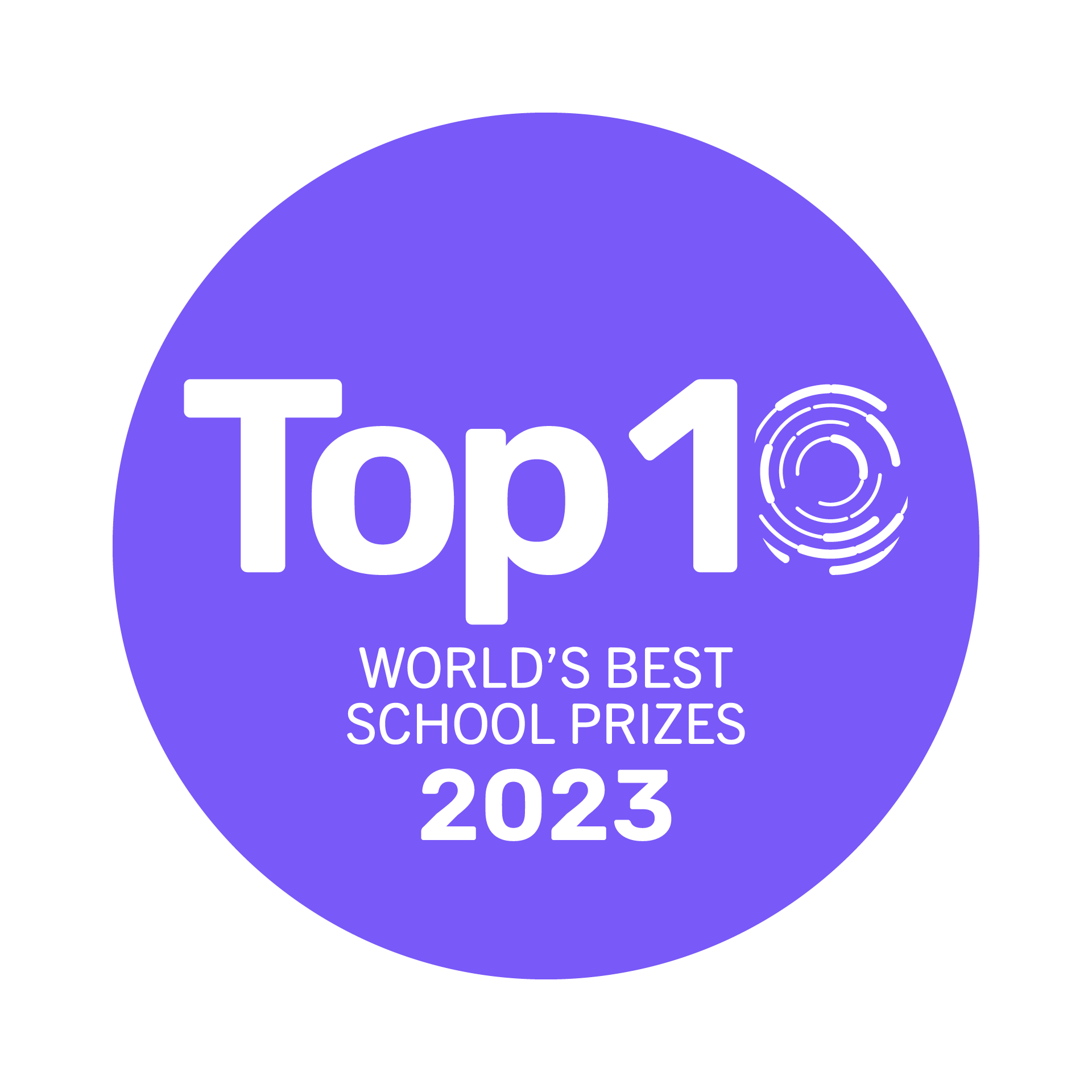Remote Education Information
BARHAM PRIMARY SCHOOL BLENDED LEARNING GUIDANCE
At Barham Primary School we have the right to:
Article 28: children have the right to a good quality education.
Principles of Blended Learning
Blended learning is understood as an approach that combines learning in school with distance learning, including online learning. At Barham Primary School, we expect blended learning to be in place so we can provide learning activities and learning opportunities through remote teaching to our pupils should any of our pupils be required to learn from home due to COVID 19.

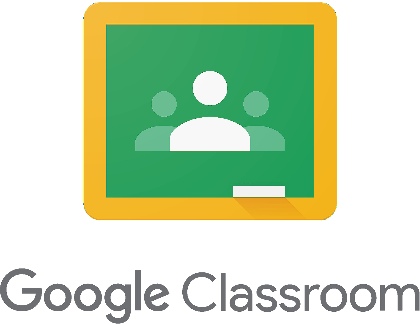
Accessing Remote Education
Barham use G Suite’s Google Classroom as a platform for Blended Learning. G Suite is a set of education productivity tools created by Google and includes Google Classroom, Gmail, Google Docs and Google Drive. Pupils use their G Suite accounts to access their Google Classroom to complete assignments, communicate with their teachers and access specific resources.
Below are the 3 scenarios which will require Blended and/or Remote Learning.
- School is open and children are in class.
Google Classroom may be used to support lessons and weekly/holiday homework.
- Self-isolating (on an individual basis possibly because of close contact testing positive)
- Children will be provided with 10/14 days of learning that links to provision on offer in school
- Teachers will upload daily core lessons taught face to face in class (Reading, English, Maths and Science) by lunchtime on the first day a student is absent. This is done by converting flipcharts into PDF or PowerPoint. Teachers will personalise and differentiate expected tasks to be completed.
- Feedback will be issued on Google Classroom where children can also ask questions and help with their work. Upon return to school, this will help plan support and provision accordingly.
- It is important for us to consider access to resources and therefore spare exercise books and pencils may need to be sent home to support our most vulnerable pupils as well as practice books for core subjects
- With regards to Reading, teachers send books home for pupils to read as usual. This provision should include appropriately levelled books and opportunities to read for pleasure, just as we would in school. Additionally, we would expect that the child’s reading log is completed daily. Free access to ebooks and online reading websites are available on the school website and relevant links shared by the teachers on a regular basis
- Staff ensure they maintain regular contact with families of pupils that are at home via Google Classroom, ClassDojo or phone calls. More regular ‘check-ins’ are in place for the most vulnerable pupils and pupils who require extra safeguarding or pupils with additional needs. This contact with families is an important way to check in on progress being made with the learning and provides an additional layer of support so families fully understand the learning expectations
- If children require resources/learning to be printed, then staff coordinate this and deliver the learning packs or arrange collection in a safe way
- For children who are entitled to meet the benefits related free-school meals eligibility, the school provides food vouchers
- A review of the child’s learning is completed by the teacher when they return to school so they can be aware of knowledge gaps that exist
- Bubble Collapse/ National/local Lockdown
As above and to also include…
What is taught to pupils at home?
We teach the same curriculum remotely as we do in school wherever possible and appropriate. All teachers provide remote learning in line with teaching days similar to what pupils would be receiving whilst in school. However, we have needed to make some adaptations in some subjects (for example, in Music lessons, children will have a project to complete; Science experiments might be restricted and shared via online videos and Oak National Academy; art tasks might be taught using different media; etc…) it is expected that there will be a clear teaching sequence evident and a range of subjects will be included: English/Maths/Reading/Phonics/Curriculum/Science/Art
How are pupils taught?
We use a combination of the following approaches to teach pupils remotely:
- Lessons and activities are uploaded on Google Classroom at the start of each day by 9.00am.
- Both pre-recorded and live direct teaching time, as well as time for pupils to ask questions and complete tasks and assignments independently. This is submitted on the Google classroom platform or uploaded in photographs on Class Dojo.
- Differentiated printed paper packs produced by teachers for EAL children in particular (e.g. workbooks, worksheets)
- Reading books pupils have at home and free ebooks online
- ClassDojo ensures communication and allow children who have difficulties accessing Google Classroom to submit work
- Online tools/ digital platforms which contributes to the delivery of certain aspects of learning and formative assessment: SPAG.com, MATHS.com, Manga High; LGFL platform; Phonics play; Letter Join
- Variety of online and offline resources (to support children with limited internet access). It is important to consider that the links support the learning and are not reliant on children accessing them. If the link is essential to the learning, screen shots/written contexts/images to support the children are provided alongside.
- There are weekly phone calls to all families with two or more weekly phone calls to vulnerable pupils. It is important that we maintain a sense of community with parents/carers and children. Encouraging and enabling interaction between pupils, parents, carers and staff can help them to feel like they are a part of a community.
Tailoring the remote curriculum for pupils with SEND
Consideration is given to how remote education approaches can be tailored to ensure the content is accessible to pupils with special educational needs and disabilities (SEND), including children who are in receipt of SEN support. LAs may need to produce personalised learning packs that meet specific needs appropriately. LAs will also be expected to make weekly phone calls home (See guidance created for 1:1 LAs during lockdown) and 1:1 live sessions to continue with relevant therapies.
Study time
The table below sets out the year group expectations of our remote learning approach in line with the age and stage of our children. We expect that remote education (including remote teaching and independent work) will take pupils broadly the following number of hours each day:

Engagement and feedback
- All children are expected to attend live sessions and submit work.
- All children are given quality feedback for each piece of work they submit. Feedback can take many forms: individual feedback via Google Classroom/Class Dojo; whole-class feedback; quizzes are automatically marked.
- All LAs are working in partnership with class teachers and are actively participating with live sessions as well as conducting additional therapy sessions for targeted SEND children.
- LAs in EYFS attend and write observations of children’s learning and support pupils who find the learning challenging
- Teachers allocate deadlines for submitting work and give daily feedback that informs the next day’s learning for children. Teachers are also providing additional targeted live sessions based on question-and-answer sessions to ensure all children are making progress and accessing learning.
- Daily phone calls are made home to check in on children who are not accessing live sessions for their wellbeing and learning. Calls are also made to parents of children who are accessing live sessions to provide extra targeted support.
Quality Assurance
The home learning is quality assured by leaders across the school and teachers are given feedback on the quality of the work being uploaded on Google Classroom.
Support for families who do not have digital or online access at home
We recognise that some pupils may not have suitable online access at home. Parents or carers can find more information on the school website. Class Teachers identify pupils who might be at risk of missing out on learning due to a lack of devices. We take the following approaches to support those pupils to access remote education:
- with no digital devices in their household
- whose only available device is a smartphone
- with siblings who attend the same school and/or secondary school
- currently receiving social worker intervention
- receiving Free School Meals / Pupil Premium
- Parents or carers sign a device loan agreement when issued with a school device. We have also provide dongles and data SIM cards for those who may have access to a device but no internet connection within the home. We have also encouraged parents to sign up for the increase in mobile data allowance, a scheme which has been offered by the DfE for those on networks such as Three, Smarty, Virgin Media, EE, Tesco Mobile and Sky Mobile.
- Class teachers ensure that pupils can access printed materials if they do not have online access by planning a differentiated learning pack that can be safely collected from the school office or delivered to families’ homes should they be self-isolating or unable to collect
- Pupils can submit work to their teachers by taking pictures of their learning and sending them on Class Dojo or by returning work to school
Parents as teachers and children as independent learners
We remember that parents are not trained teachers and may not have all the subject specific vocabulary and knowledge that we do. We consider how best to present the learning so that parents can be successful in supporting their child. Additionally, consider ways that the activities can be accessed by children independently and without adult support. For example, this may include a glossary of key vocabulary, a screenshot of methodology, a step by step guide and photos of modelling.
